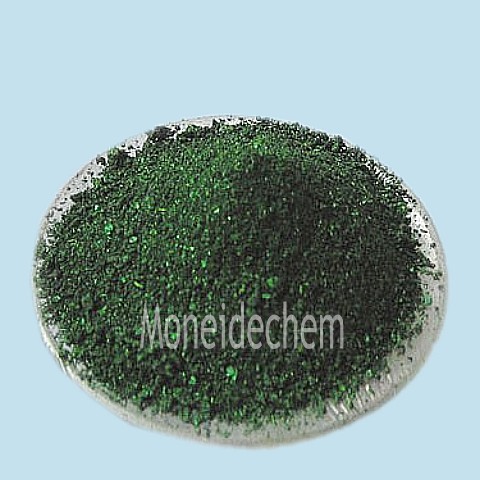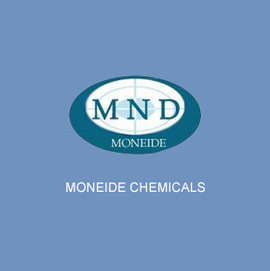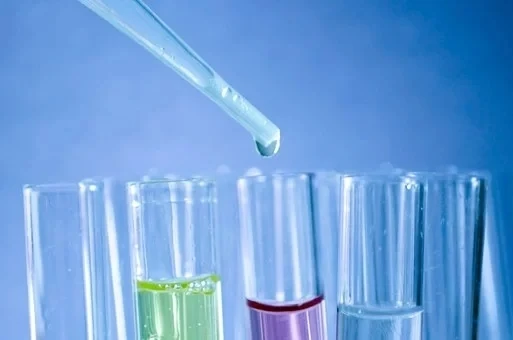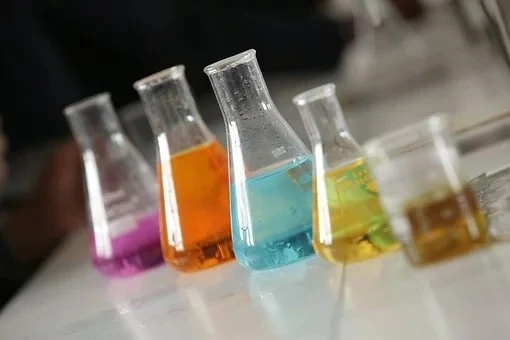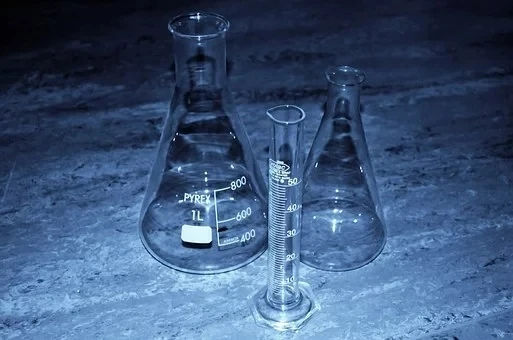Welcome to Tangshan Moneide Trading Co., Ltd.
Moneide Chemicals
Tel: 86-315-8309571
WhatsApp/WeChat/Mobile: 0086-15633399667
Skype: janet-honest
Mail: janet-honest@hotmail.com
Address: 2-7-523 Jidong Building Materials Tangshan, Hebei 064000 China
|
Chemical Name |
Basic Green 4 |
|
CAS No. |
|
|
Molecular formula |
C52H54N4O12 |
|
EINECS No. |
219-441-7 |
|
Molecular weight |
927.0 |
|
Molecular Structure |
|
|
Details |
Appearance: With metal luster bottle green crystal Max Absorption wavelength: 616.9nm PH change range: 0.0(yellow)~2.0green); 11.0(green)~13.5(colorless) Sensitivity for Tungsten: Passes test Biological stain test: Passes test Sulfated ash: 2.0% Loss on drying: 3.5% max Solubility: easy solve in water, solve in alcohol, methanol and pentanol, cyan water solution. Packing: 25kg/ fibre drum
|
|
Main Application |
used as a biological dye, the cells or cell organization dyed turquoise, convenient in study under a microscope. Also used as silk, leather and paper dyestuffs. |
1. What is Basic Green 4?
Basic Green 4, also known as Malachite Green, is a synthetic triphenylmethane dye with a vibrant green color. It functions as a cationic (basic) dye due to its positively charged nitrogen groups, making it highly soluble in water and alcohol. This dye is widely recognized for its dual role as both a coloring agent and a biocide, particularly in aquaculture to control fungal and parasitic infections in fish. Its chemical structure allows strong binding to nucleic acids and proteins, which also makes it useful in biological staining and industrial applications.
2. Basic Green 4 Application
Basic Green 4 is primarily used in aquaculture as an antifungal and antiparasitic treatment for fish eggs and fish. In histology, it serves as a biological stain for microscopy, highlighting cellular structures. The textile industry employs it for dyeing silk, wool, and leather, while paper manufacturing uses it for colored paper production. Additionally, it has applications in analytical chemistry as a redox indicator. Despite its effectiveness, its use in food-producing animals is banned in many countries due to potential toxicity concerns.
3. Basic Green 4 Advantage
The key advantage of Basic Green 4 is its broad-spectrum antimicrobial activity, particularly against fungi and parasites, making it invaluable in aquaculture. Its intense color and strong affinity for materials ensure long-lasting dyeing effects in textiles and paper. As a stain, it provides excellent contrast in microscopic imaging. However, its toxicity and environmental persistence require careful handling and regulated use. Alternatives are being explored, but its cost-effectiveness and efficacy maintain its relevance in controlled applications.









